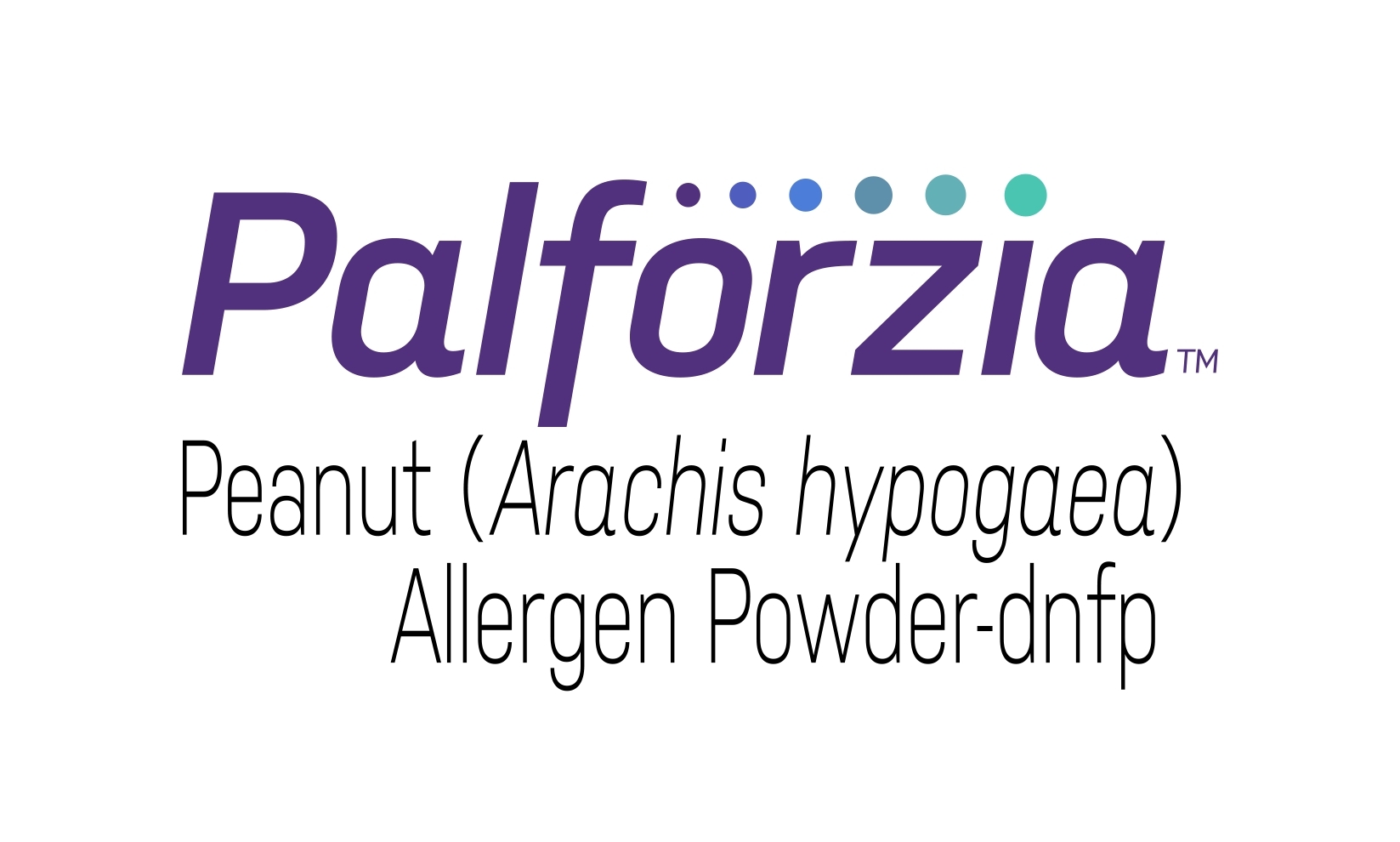Palforzia: A treatment for peanut allergy
The FDA approved a treatment option for food allergy for the first time yesterday. Named Palforzia, it is for the treatment of peanut allergy. The principle is the same as with desensitization for other types of allergies. Starting with extremely low doses that the patient can tolerate, this oral medication is given in gradually increasing amounts over several months under an allergist's supervision. As a result, the patient's immune system learns not to react so violently if some peanut protein is mistakenly ingested. It is important to note that this is not a cure for peanut allergy. Other studies looking for a cure for peanut allergy have been shown not to work. Instead, this is a way to decrease the body's sensitivity to peanut proteins so that that small amounts can be tolerated.
The main impact on quality of life for peanut-allergic patients is fear. For someone not allergic to peanuts, it might seem relatively easy to avoid foods that have peanuts in them. However, highly allergic people live in constant fear of a severe allergic reaction to unknown trace amounts of peanut in the foods they eat, especially when outside the home where there is less or no control over how foods are prepared. Palforzia is designed to decrease the patient's sensitivity to the point that although they won't be able to eat a handful of peanuts, they'll know that they won't react to any trace amounts of peanut protein in a restaurant or on an airplane.
Another treatment for peanut allergy, the Viaskin peanut patch, is expected to be approved by the FDA later this year. Although AASC did not participate in the research studies done to bring these treatments for peanut allergies to the market, Dr. Steven has been invited to advisory boards convened by both companies. These advisory boards allow the companies to present their data and the physicians in attendance brainstorm ideas as to how to identify appropriate patients for these treatments. The group also discusses the treatment process to ensure that patients can go through desensitization safely.
Stay tuned for more developments as Palforzia and future treatments for food allergy become available. We encourage you to make an appointment for a shared decision-making conversation in which all of the treatment options for food allergies are explained. We always discuss with patients the risks and benefits of treatment options to help you make an informed decision as to the best way for you to deal with your peanut or other food allergies.

View the Aimmune press release for Palforzia
View additional information from the American Academy of Allergy, Asthma & Immunology

